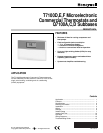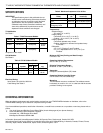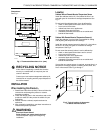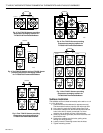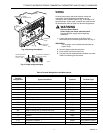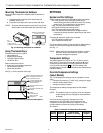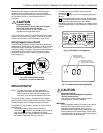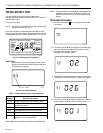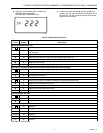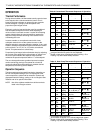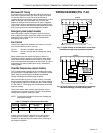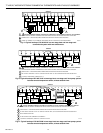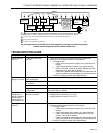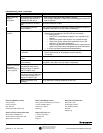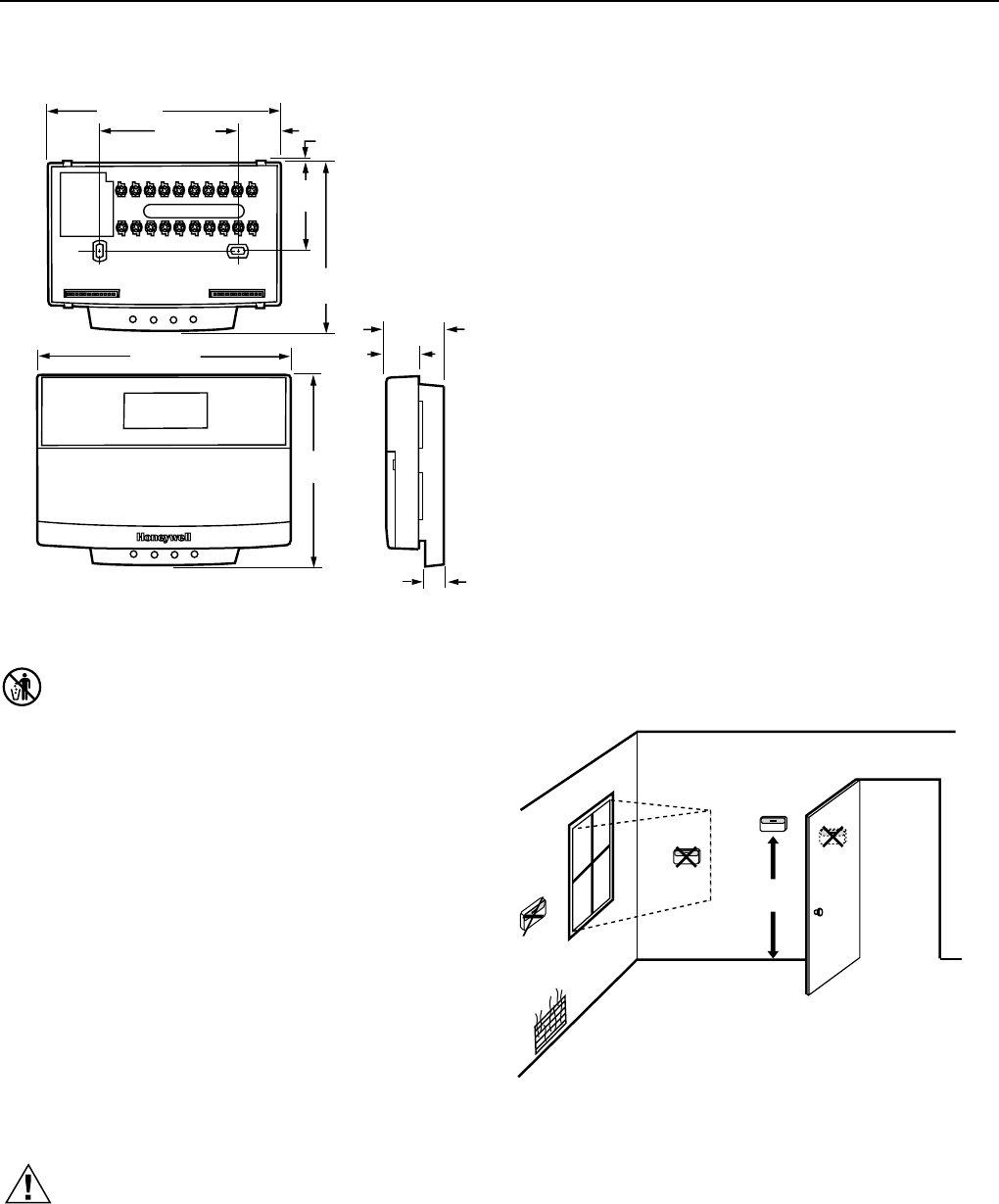
T7100D,E,F MICROELECTRONIC COMMERCIAL THERMOSTATS AND Q7100A,C,D SUBBASES
68-0163—3
3
Dimensions:
See Fig. 1.
5-5/8 (143)
3-1/4 (83)
1-1/8
(29)
2-1/8
(54)
3-15/16
(100)
1/16 (2)
6-1/8 (156)
4-1/8
(105)
7/8
(22)
1-9/16 (40)
1/2
(13)
M11313
Fig. 1. Thermostat dimensions in in. (mm).
RECYCLING NOTICE
If this control is replacing a control that contains
mercury in a sealed tube, do
not
place your old
control in the trash.
Contact your local waste management authority for
instructions on recycling and the proper disposal of
the old thermostat.
INSTALLATION
When Installing this Product…
1. Read these instructions carefully. Failure to follow the
instructions can damage the product or cause a
hazardous condition.
2. Check the ratings given in the instructions and on the
product to make sure the product is suitable for your
application.
3. Installer must be a trained, experienced service
technician.
4. After completing installation, use these instructions to
checkout the product operation.
WARNING
Electrical Shock Hazard.
Power Supply can cause electrical shock.
Disconnect power supply before beginning
installation.
Location
Subbase Without Remote-Mounted Temperature Sensor
Install the subbase about 5 ft (1.5m) above the floor in an
area with good air circulation at average temperature. See
Fig. 2.
Do not install the subbase where it can be affected by:
—drafts, or dead spots behind doors and in corners.
— hot or cold air from ducts.
—radiant heat from sun or appliances.
— concealed pipes and chimneys.
— unheated (uncooled) areas such as an outside wall
behind the thermostat.
Subbase With Remote-Mounted Temperature Sensor(s)
Install the subbase in an area that is accessible for setting
and adjusting the temperature and settings.
Install the remote-mounted sensor(s) about 5 ft (1.5m) above
the floor in an area with good air circulation at average
temperature. See Fig. 2.
Do not mount the sensor(s) where it can be affected by:
—drafts, or dead spots behind doors and in corners.
— hot or cold air from ducts.
—radiant heat from sun or appliances.
— concealed pipes and chimneys.
— unheated (uncooled) areas such as an outside wall
behind the thermostat.
If more than one remote sensor is required, arrange them in a
temperature averaging network consisting of two, three, four,
five or nine sensors. See Fig. 3 through 7.
Fig. 2. Typical location of thermostat
or remote-mounted sensor.
5 FEET
[1.5 METERS]
YES
NO
NO
NO
M17106



